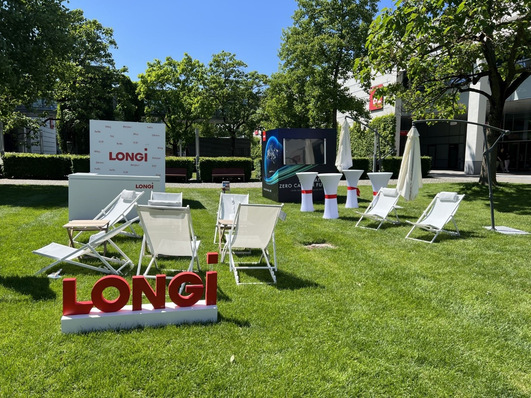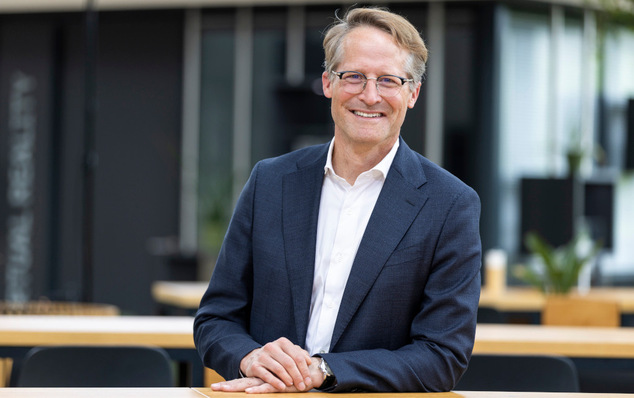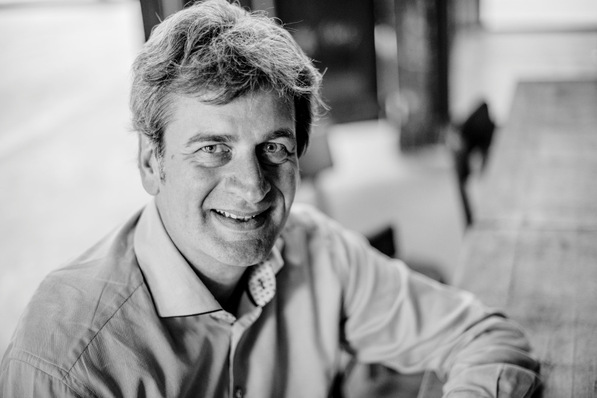China is dealing with similar inflation rates and interest rates as Europe. "Yet they are experienced very differently there," notes Scheper. "Europeans are quite optimistic about the current economic problems, but in China the mood is much more pessimistic: they think they are in a recession."
Recession or no recession. China's solar sector is currently quite boisterous. In February , the silicon price rose considerably due to the pick-up in Chinese demand. After Chinese New Year, many project developers were in the starting blocks, but that was not the whole story. The price increase was partly artificial, Scheper explained at the time; "China is a monopolistic country, so the main silicon producers just called each other and agreed that they would not answer the phone for a week, so that they were convinced that the demand would come anyway. As a result, Chinese buyers have panicked and that has had a huge price-pushing effect."
„Every few days there is a threat of price drops and increases“
The situation has now become even more complicated. "Every few days there is a threat of price drops and increases," says Scheper. "You also can't figure out whether there are raw material suppliers behind it that want to lure manufacturers or the other way around. I wouldn't be surprised if both sides are 'jabbing' each other."
This has created a seemingly curious situation. The prices of solar panels have risen sharply, but that does not apply to Mono Perc, which fell slightly last week and Topcon has only risen slightly. "The price increases are mainly in the N-type and all the raw materials and materials needed for this. 80 percent of European buyers order N-type because of the often scarce space in densely populated Europe and the efficiency advantage that N-type offers."
To stimulate the demand for Mono Perc, prices have now been reduced by about one euro cent per watt peak. "The hope is that they will become more interesting, but both European project developers and private individuals now want high returns. This will be the year of N-type“.
Wafers are now the bottleneck
Although transport costs have been very low for months, container prices have fallen even further. A container can already be reserved for 1,100 euros, says Scheper. "And if you approach a manufacturer, they can deliver within two to three weeks. That tells me that the stocks are a bit too large and that the demand has been greatly underestimated."
At the same time, there is a sidenote to this, because despite everything, China has already installed 20.37 gigawatts of solar panels in January and February this year. 88 percent more than in the same period in 2022, and about as much as has been installed in the Netherlands in total so far.
Did you miss that? PV module prices towards 'old normal'
"Substantial investments have been made in increasing the production capacity of modules, cells and polysilicon, partly thanks to stimulation from the Chinese government," scheper explains. "But in the meantime, the wafer and polysilicon suppliers can still exert a considerable influence on the price. Just like OPEC, they can turn certain buttons to influence the price."
Get the new World of Solar Market Outlook Report 2023 of European Solar here
Currently, the supply of wafers still lags behind the demand. According to Scheper, there are two reasons for this. On the one hand, wafer plants need a direct line to a power plant because of their high power consumption, and on the other hand, the suppliers have a lot of market power.
"To realize such a connection, you really need some patience because of all the permits. That is a real problem, but it also suits the suppliers. For the supply of wafers you regularly have to deal with the same intermediary as with the supply of polysilicon. As a result, they also do price agreements here." (Gerard Scheper/hcn)








